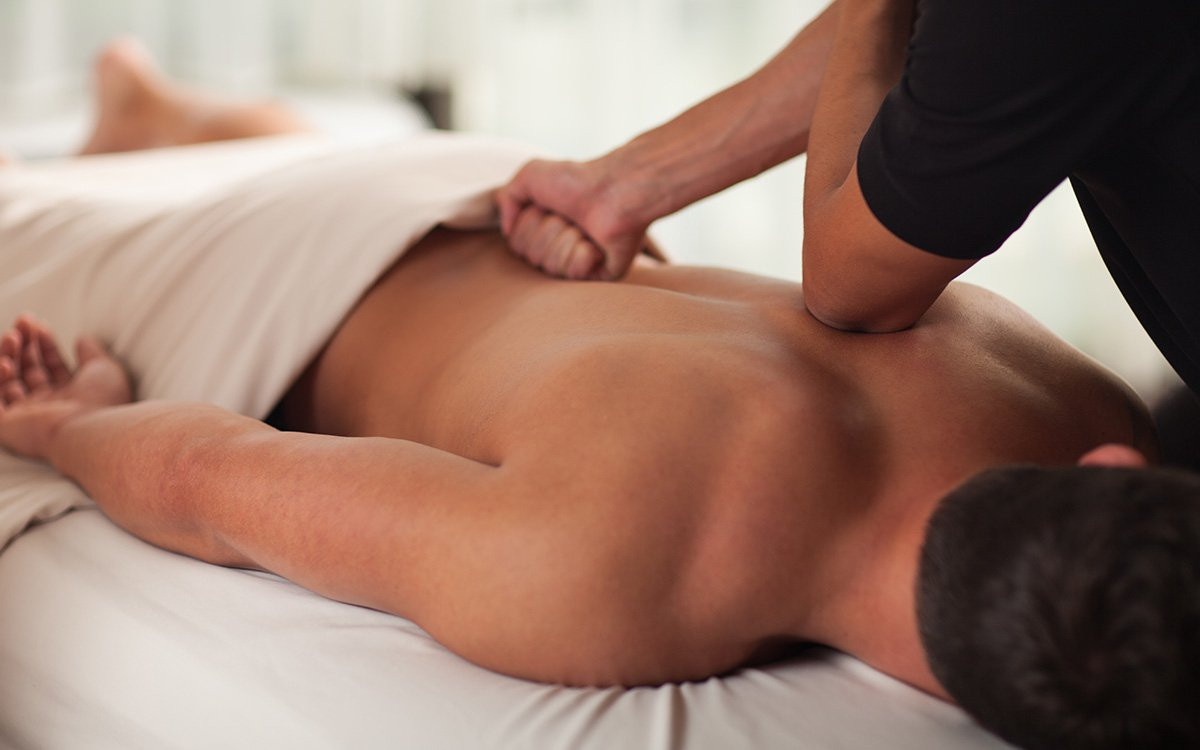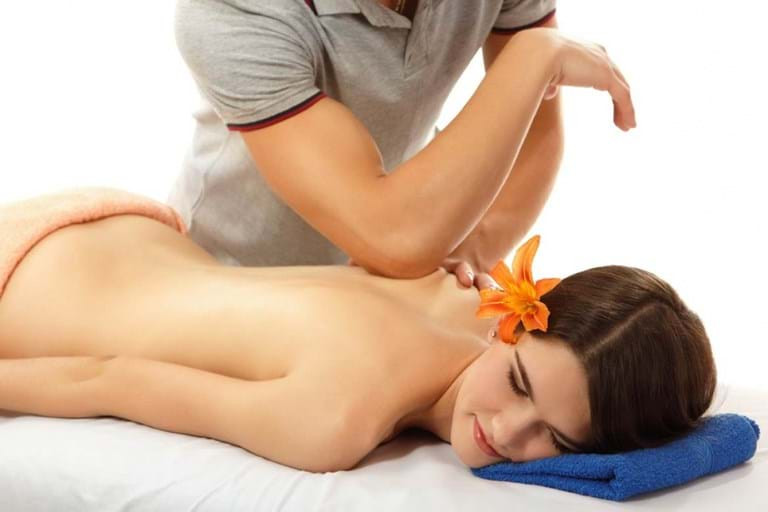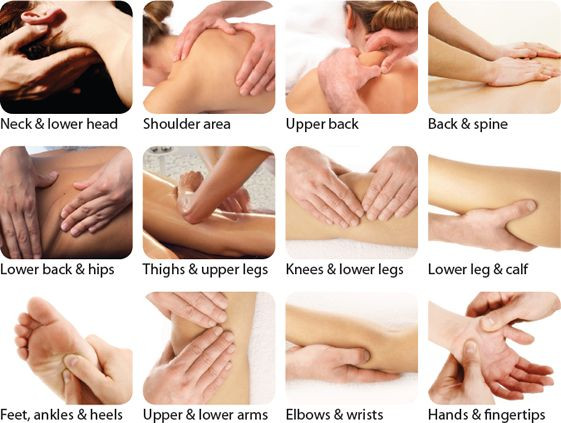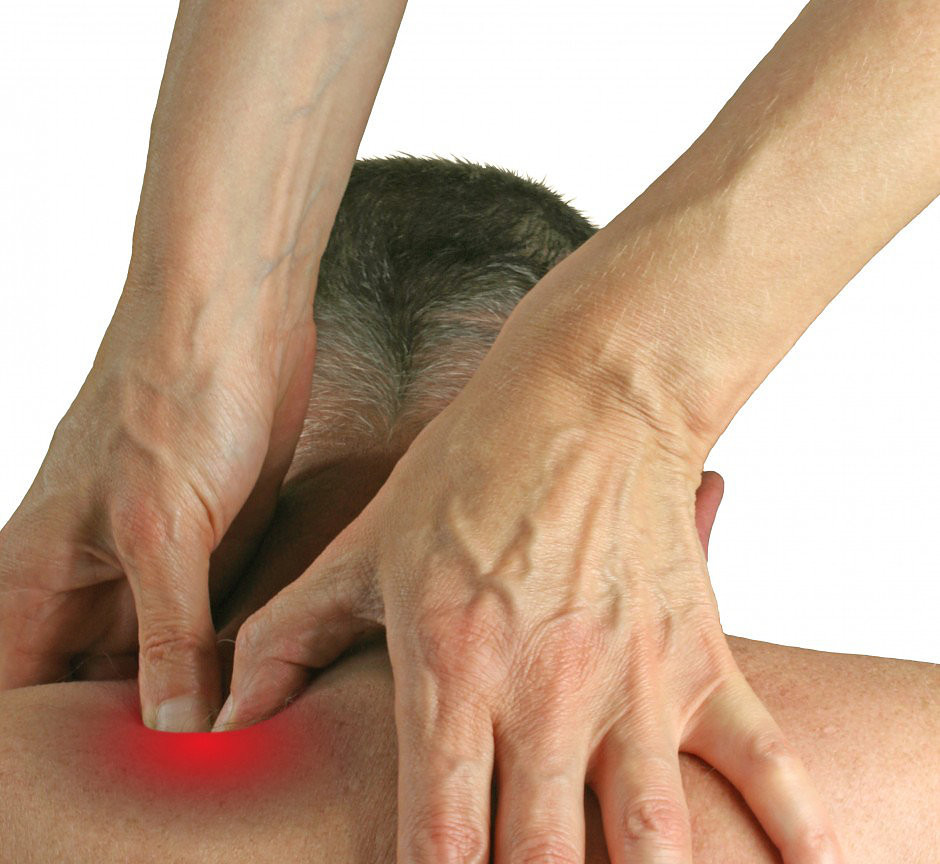
Have you wondered what deep tissue massage is and who can benefit from it? Here you'll find many answers.
Chronic muscle tension is an ailment that leaves many in the hard situations, where to move or even to sit easily seems next to impossible. For such physical ailments, patients opt for various conventional curing methods like using medicines, some sort of light exercise (recommended by physicians) or some body massage. Deep tissue massage is comparatively new and a highly recommended relaxation therapy. It’s a technique to fight the severe physical conditions like chronic pain, inflammation, lower and upper back pain, stiff neck, sore shoulders or other commonly reported tight or contracted muscle problems in arms or legs. It requires a certain method to get the desired results. Let’s see how it works.
Common techniques used

During deep tissue massage the therapist uses a specific technique to manipulate the deeper layers of soft tissues and muscles. To restore the normal movement of the tissue or muscle, the therapist uses special warm oils to massage the affected area. Some strokes in the deep tissue massage are the same as in the classic massage but to get the real benefits of this massage the therapist apply slower yet deeply pressured strokes on the targeted area. The slower movements of hands would make it sure that the effect of therapy reaches to the sub-layers of the muscles and the adjoining tissues around it (fascia). To get the best results of it, the whole body muscles should be in a relaxed condition. The more relaxed a body is, the better a therapist can perform in reaching to the deepest musculature.
The following techniques are mainly used:
- Stripping: Deep, gliding pressure along the length of the muscle fibers using the elbow, forearm, knuckles, and thumb
- Friction: Pressure applied across the grain of a muscle to release adhesions and realign tissue fibers
What are the typical areas of Deep Tissue Maasage?
There are 4 main areas where a general massage can be applied in the body. These areas are:
- Head & Neck: the entire neck and lower head
- Back: upper back, shoulder area, spine area, lower back, hips
- Legs: upper legs, tighs, knees, lower legs, calves, feet, heels
- Arms: upper & lower arms, elbows, wrists, hands and fingertips

However, Deep Tissue Massage is mainly applied on lower head, neck and back. These are the main zones of tightness due to our changing habits of decreasing exercise and increasing time at the office.
Does Deep Tissue Maasage hurt?

As always, it all depends on your situation and condition of your muscles. If your muscles are very stiff applying pressure by the therapist will make you feel unconfortable and the procedure will be very painfull. It's critical that you communicate with your therapists and let him know where it hurts and how much it's painfull. Nevertheless, you need to understand that the objective is to loosen up the tissues and muscles and hence you have to go through this process even if it slightly hurts.
Benefits and Precautions of Deep Tissue Massage?
With unlimited benefits, deep tissue massage is a blessing in disguise. Medical reports and common experiences of the patients have shown many great benefits of it. But at the same time, a deep tissue massage is not advisable for all. So before going for one, you must have some prior knowledge of the precautions about it. Let’s have a detailed look at the benefits and precautions respectively.
What are the Benefits of Deep Tissue Massage?
- Relieves Chronic Pain The reports from The University of Maryland Medical Center has proved deep tissue massage as one of the best ways to reduce the chronic pains in the muscles and tissues (areas mentioned above). It’s also calculated as more affordable than other procedures used for such ailments.
- Cures Blood Pressure Journal of Alternative and Complementary Medicine claims to have run a study on this therapy and approves it as a reliever of high blood pressure. The study suggests that within the first 45 to 60 minutes of the therapy, a common decline in blood pressure is observed.
- Causes Relaxation
The therapeutic massage is reported to have the capability to reduce stress hormone levels as well as manages the heart rate positively. It has proved to be helpful in increasing the production of serotonin, a hormone, reputed for promoting good vibes and positive feelings in the body. This indirectly relates to the improving of blood pressure. If not stressed, the body will automatically have a normal blood pressure.
What are the Precautions of Deep Tissue Massage?
- Deep tissue massage is not suitable for all. There are some physical conditions that do not allow the person to go for it. Conditions like blood clotting or deep vein thrombosis can create alarming situation like dislodging them. If anybody has an issue of blood clot formation, it’s better to consult your physician before going for this massage.
- Its not Suitable for the patients undergone any recent medical procedures like radiation, surgery or chemotherapy. Patients of osteoporosis should also consult a doctor before going for this therapeutic massage.
- Bruised, infected, inflamed or skin with any type of rashes or wounds, should never be massaged directly. An area recovered from a recent fracture should also be avoided from such medical procedure.
- Pregnant women must not go for deep tissue massage without consulting the specialist. Such pressured massage may prove harmful for a pregnant lady. If she feels like having one, it’s better to look for a pregnancy therapy massage specialist.
- Avoid eating any heavy meal right before the massage session.
- You may experience a sore or tender muscle, if it’s the first time you are taking this massage. Such condition may last for a couple of days. It can be relieved by icing on the affected area.
- Do not indulge yourself in any strenuous activity
BOOK A DEEP TISSUE MASSAGE ONLINE
